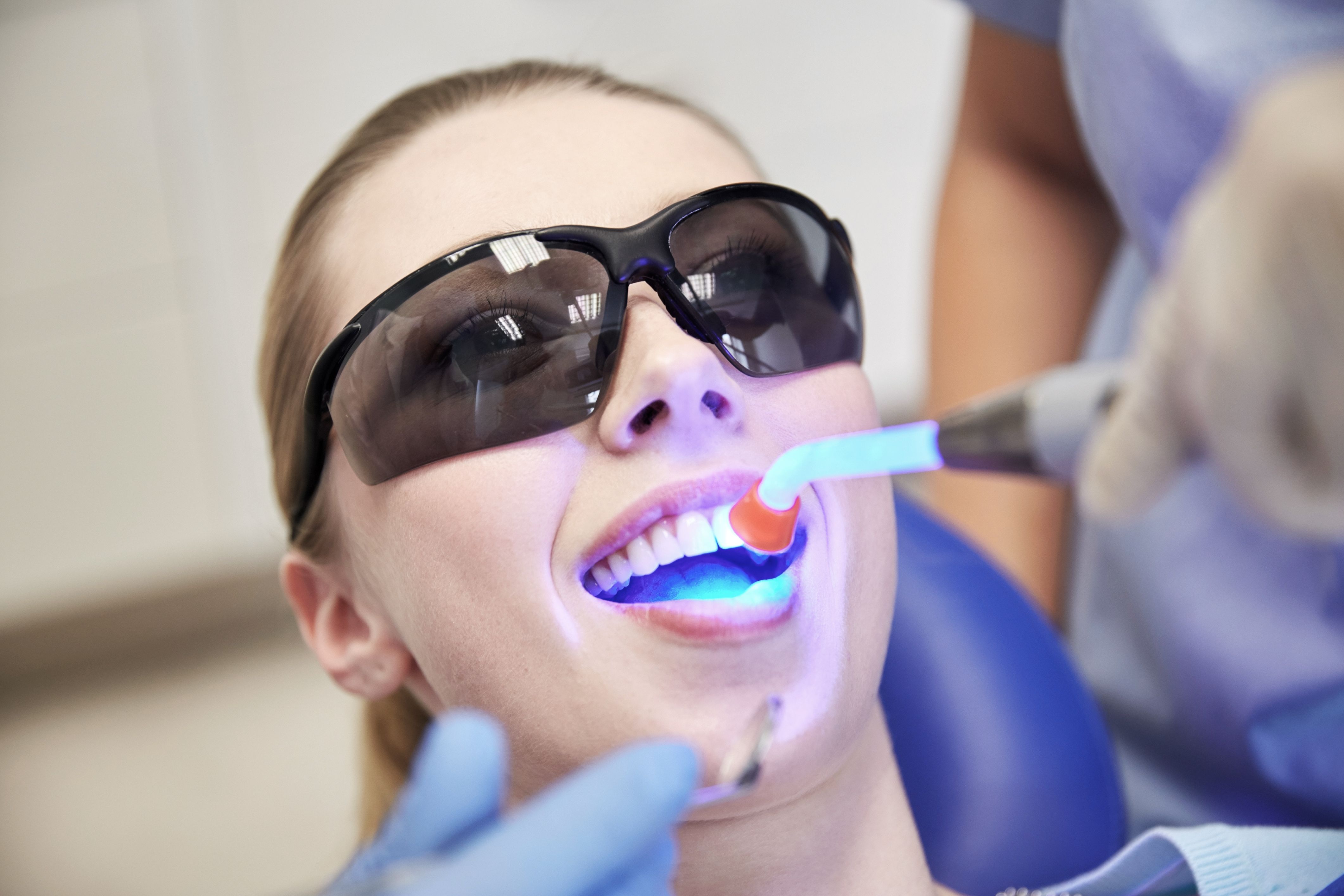Don’t Overlook the Impact of Choosing, Using the Right Curing Light
In this month’s Product Roundup we present some of the best dental curing lights on the market.
SYDA PRODUCTIONS / STOCK.ADOBE.COM

Without a doubt, working with the best-suited dental material can help ensure clinicians get the best results with their restorative dentistry. But don’t overlook just how important your curing light and your technique are when it comes to getting the best results.
Curing lights are often considered the supporting cast for restorative materials, but make no mistake, they’re a vital component of a restoration’s success. Light curing units are essential for the successful polymerization of direct composite restorations. While they’re rarely in the spotlight, a closer look at why these curing lights are so vital in the success of direct composite restoration is surely worth your while. It’s important to know what types of curing lights are available, what you can do to get the most out of them, and what steps need to be taken to ensure proper curing.
Polymerization is crucial for composite materials, and when it isn’t sufficient, it reduces the strength of your restorations. Insufficient polymerization can also result in water absorption, increased solubility of the composite and reduced hardness of the cured material.
Take a look here as we present some of the best curing lights on the market. There are a variety of styles, with different features, benefits and powers. Find out if one these can help improve the results of your restorations and to help both you and your patients along the way.
LEDs dominating the curing lights category
When grouping today’s dental curing lights, we often do so by the types of lights these devices use. Over the years, different halogen and plasma models took turns with high usage among dentists, but more recently the category has been dominated by LED curing lights.
Halogen curing lights use blue light wavelengths between 400 and 500 nm. Because they generate heat, they often come equipped with cooling fans. Today’s LED lights provide a wide array of wavelengths for curing a variety of material types, while also not generating much heat and therefore don’t typically need a cooling fan. In addition to reduced heat, LED curing lights provide other advantages over halogen lights such as increased power, cordless options and quieter operation. Plasma curing lights also are designed to deliver high speed curing.
But there are more things to consider when choosing the best curing light for your practice. You’ll want to find a light compatible with your preferred restorative materials. Some lights operate at a variety of wavelengths and therefore cure plenty of different materials, but that doesn’t necessarily mean it will work with the photoinitiators in the materials you use in your practice.
Other key considerations include cordless versus noncordless, ergonomics of the light and access to areas of the mouth, as well as methods to ensure the device is properly calibrated and that you’re confident in its ability to deliver a proper cure.
When choosing a curing light, there are a lot of factors to consider, including functionality, access, light intensity, cost—the list goes on. Narrowing down what you want is a matter of personal preference, but it’s important to consider the type of light and if it will create adequate polymerization.
Remember the importance of proper curing when you want to ensure the best, long-lasting restorations for your patients.

ACTIVA BioACTIVE Bulk Flow Marks Pulpdent’s First Major Product Release in 4 Years
December 12th 2024Next-generation bulk-fill dental restorative raises the standard of care for bulk-fill procedures by providing natural remineralization support, while also overcoming current bulk-fill limitations.